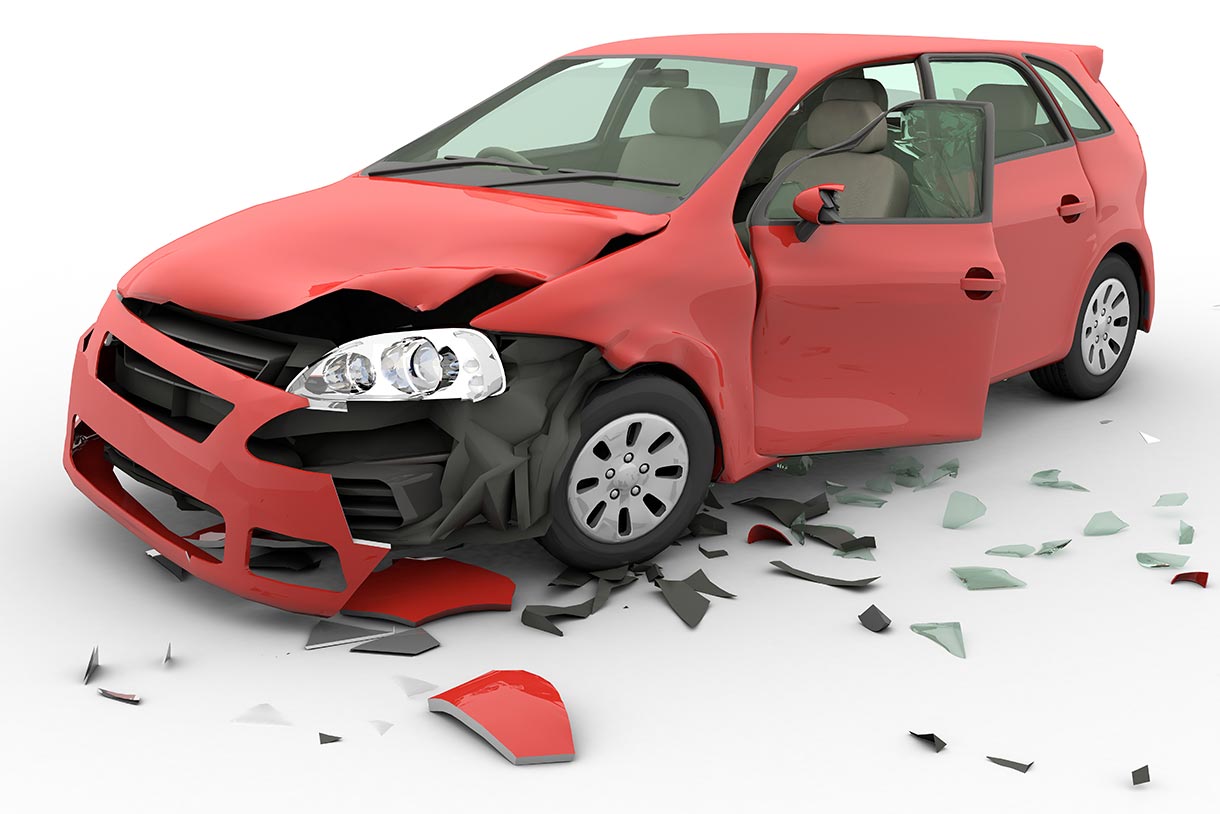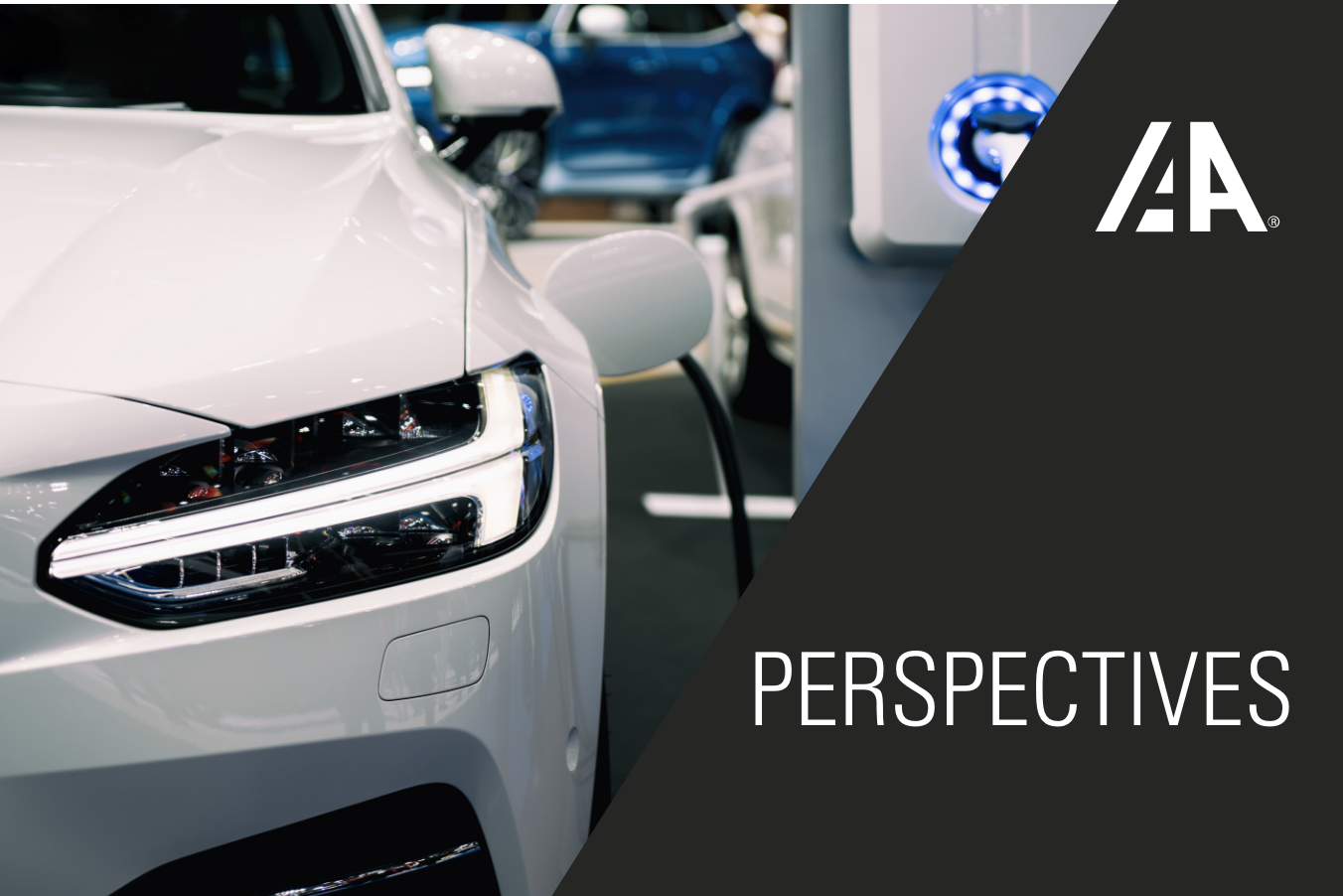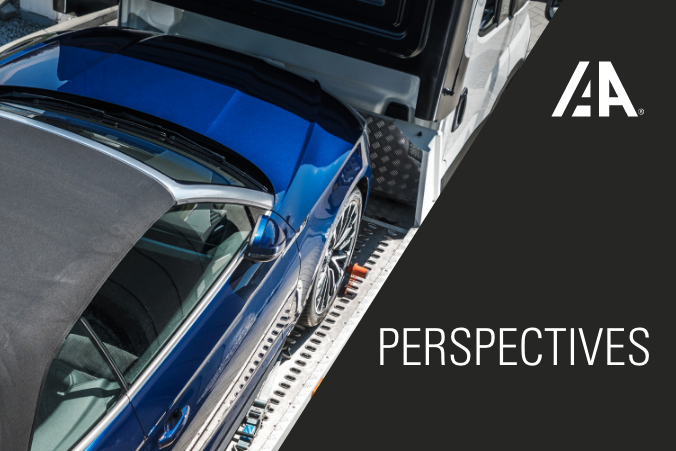Perspectives
The Rise of Total Loss
Published March 2, 2017 - Written by IAA, Inc.
4 Min read
Summary
In this Perspectives article, IAA CEO and President John Kett tackles the increase in total loss frequency. Examining the influencers and factors that affect the rising trend, Kett discusses the challenges insurance carriers face and the forward-thinking solutions that can be put into place.
The proportion of auto insurance claims that result in a total loss has been increasing for a number of years, and there are a multitude of influencers on that number. When you look at the trend in total loss frequency – climbing from 17.3% of collision and liability losses in 2014 to 19.5% in 2016, you can never just point at one factor and say, “That’s it. That’s what’s driving the change.”
On the surface, it might look like people are simply getting into more accidents, but there’s much more to it than that. It’s that Americans are driving more than ever. It’s that cars are getting older. It’s that new technology features are difficult and expensive to repair. It’s that more catastrophic weather events are occurring. But mostly, it’s because all of these factors are happening simultaneously.
In with the old. The average vehicle on the road today is about 11.6 years old, a record high. According to CCC Information Services, less than 7% of claims filed on 1-year-old vehicles are deemed a total loss. But for vehicles aged 10-15 years, that percentage jumps to 32%. While repair costs for new cars – especially those with complex technological features – might end up being pricier, the value of a vehicle dramatically decreases as it gets older to the point where repairs are more likely to send it past the total loss threshold. Considering there are a greater number of older vehicles on the road, it’s no surprise those vehicles are contributing to the rise in total loss frequency.
You know what they say about probability. American vehicles are not only getting older, they’re also being driven more frequently. Total miles driven went up 1.8% in 2016 compared to 2015, which reflects billions of additional miles driven and also sends reported accident numbers soaring. Considering there are roughly 4.15 vehicle accidents per million miles driven, more miles equals more accidents, which equals more total losses.
Storms are brewing. When an extreme weather event occurs, it can quickly turn thousands of vehicles into total losses. There were 15 weather-related catastrophe events in 2016 that resulted in insured and uninsured losses of more than $1 billion, second only to 2011’s record 16 events. I’ve spoken previously about these types of events being on the rise, and it’s likely that the trend will persist. In fact, IAA processed more total loss vehicles caused by catastrophes in 2016 than any other year in our history. More than in 2012, the year when Super Storm Sandy wreaked havoc in New York, New Jersey and the Mid-Atlantic.
With these types of factors in play, insurance carriers now face an incredible and increasing supply of total loss vehicles. To assist our customers, we’re constantly acquiring land to support inventory needs, but that’s not all. IAA is thinking bigger. It’s not enough to simply wait for salvage assignments and run vehicles through the auction lanes. We’re moving beyond the auction. We’re providing solutions to assist our customers in reducing the total loss cycle time and realizing the financial benefits of doing so. We’re moving vehicles to auction quickly and we’re constantly looking at the most effective ways to promote those vehicles to the right buyers. Our efforts to continually cultivate global buyer competition have taken us to some very interesting places around the globe. We’re investing in that expansion so we can protect the supply and demand balance in our auctions.
There’s no doubt total loss frequency is rising – but that doesn’t mean IAA is just standing by. We’re working toward total loss solutions to transform our product offerings and stand alongside our clients as a trusted partner, helping them to meet the challenges they face throughout the total loss claims process.



